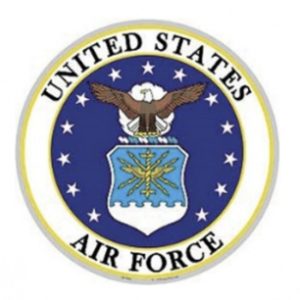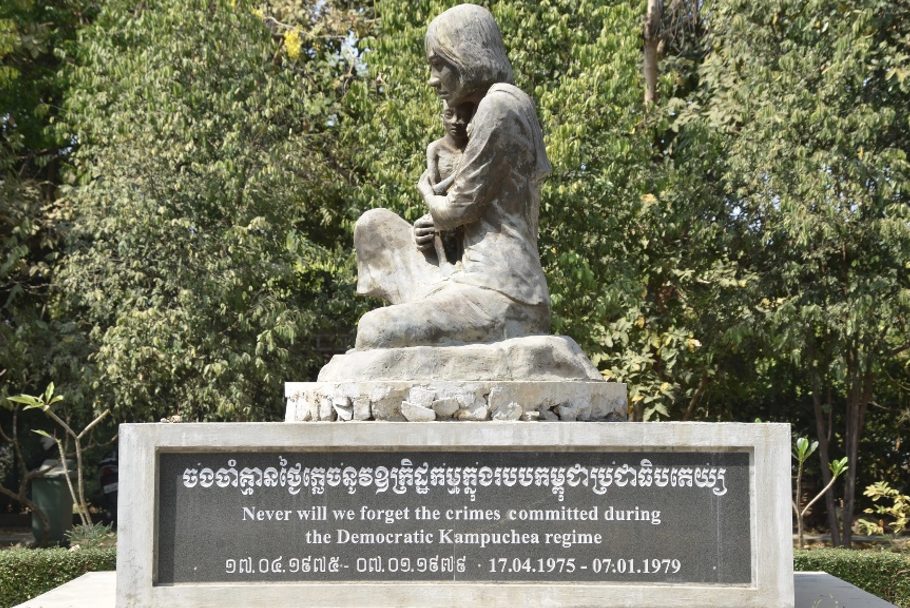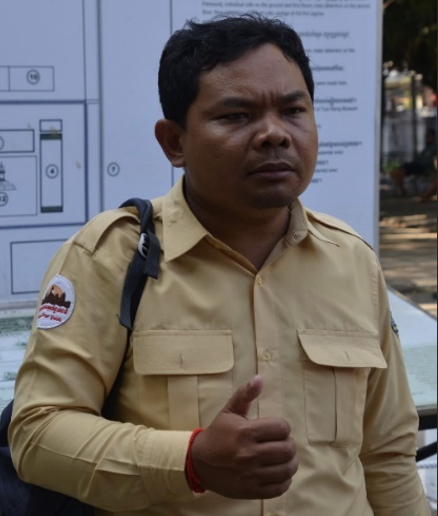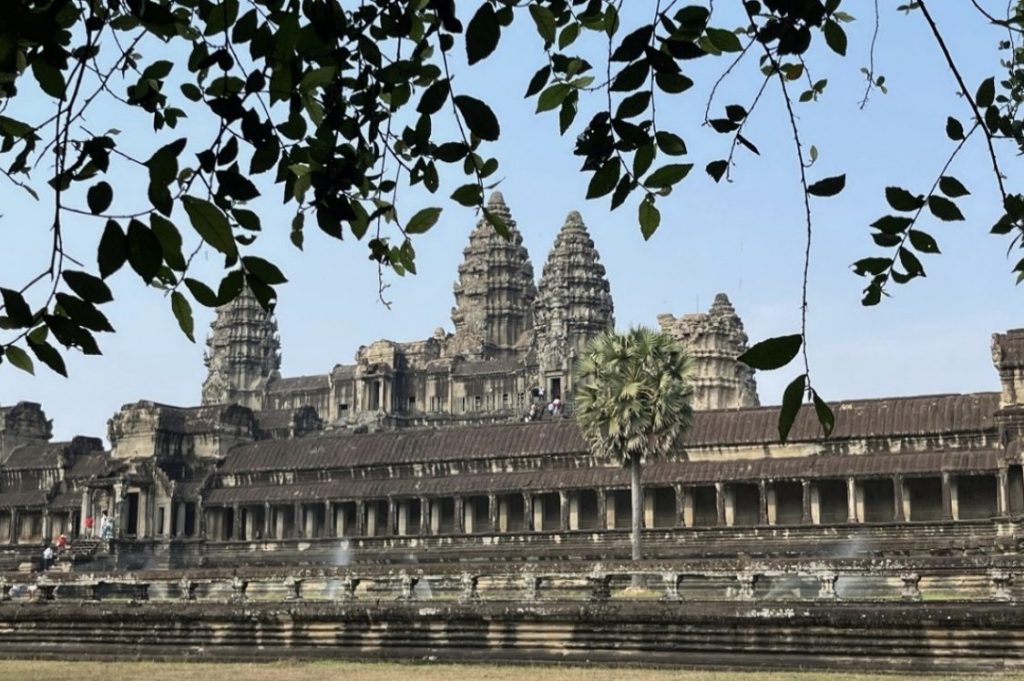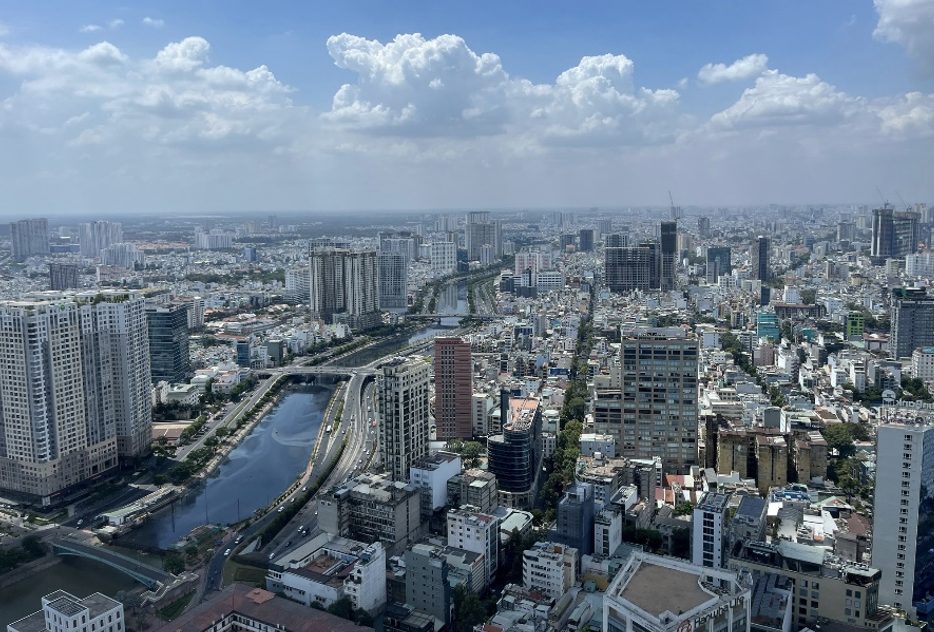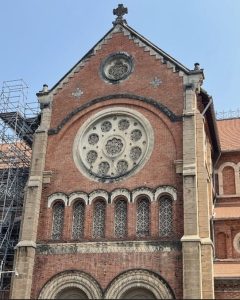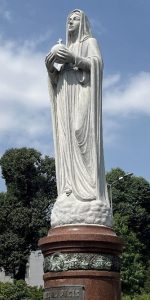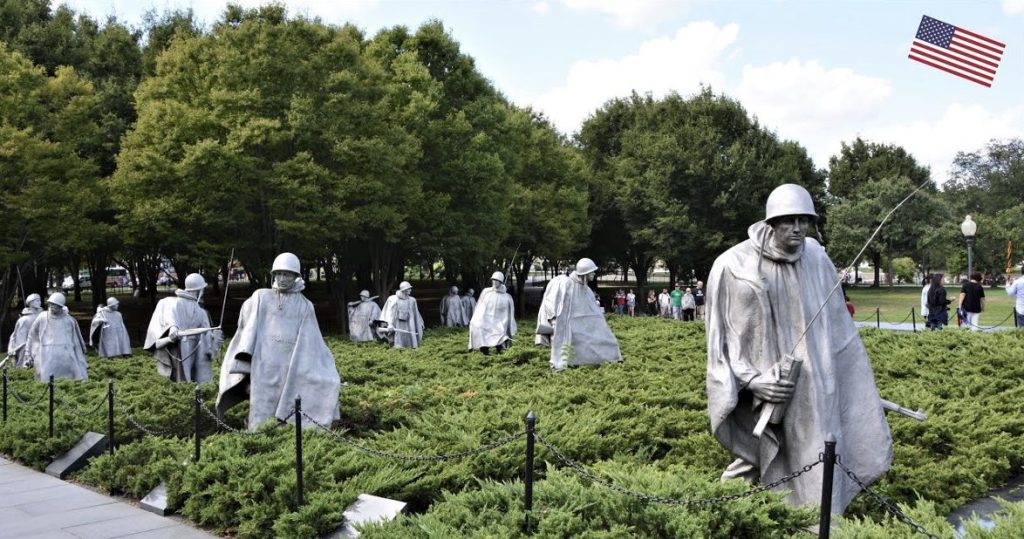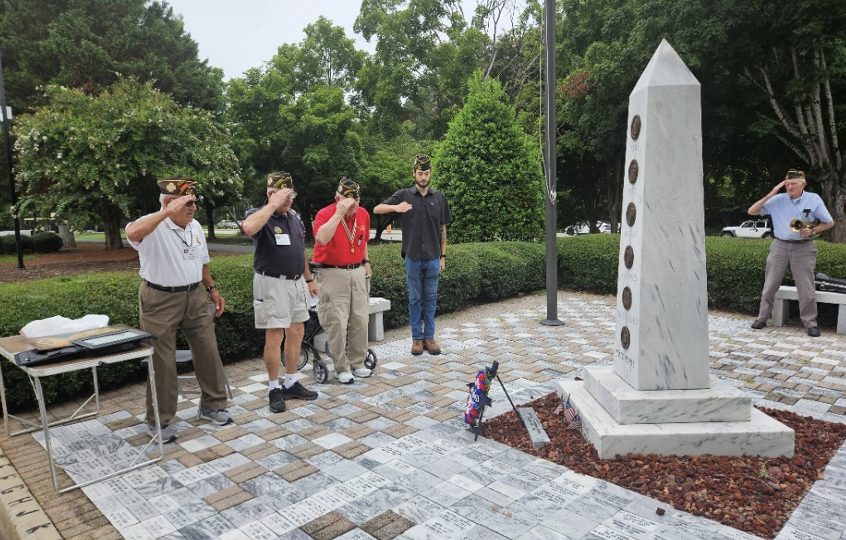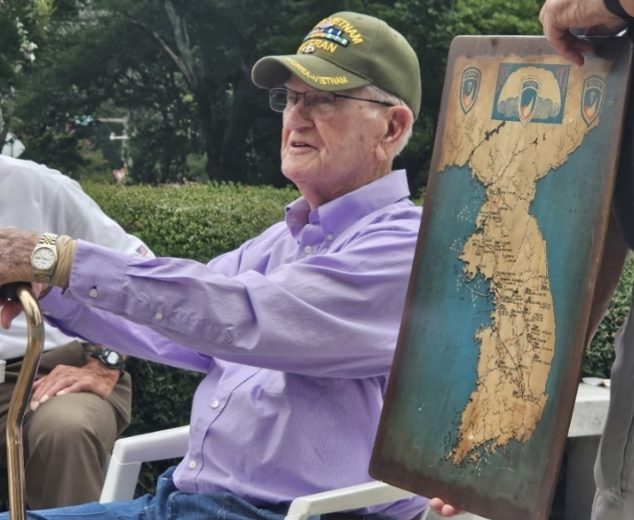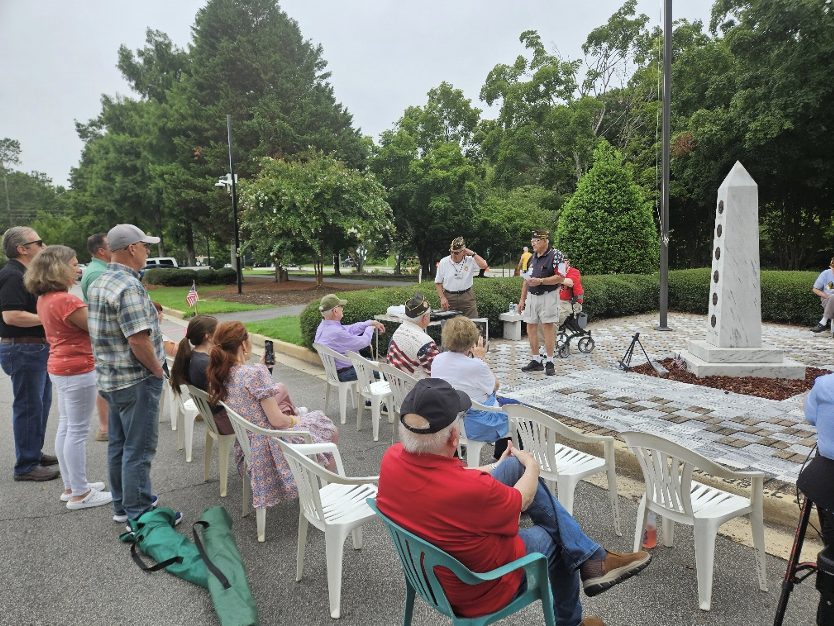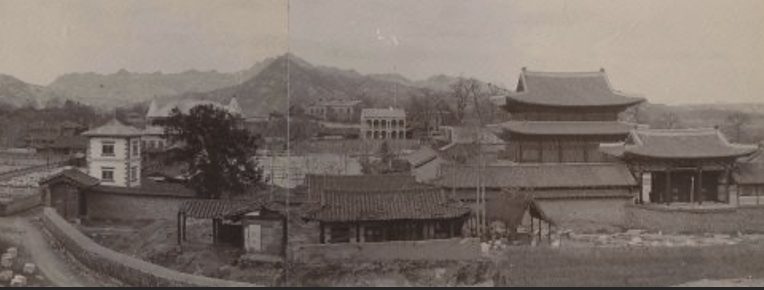
When I first heard about the concept for “The Days Forward”, I could actually feel the potential. I was raised in a Military family, one surrounded by relocations, separations, and the risks of flying. I knew my life was different from most kids and the feelings that came with it were different. I expected to be reintroduced to some of those feelings through “The Days Forward”, and I was not disappointed.
Not surprising for me, it was the classmate’s wife who talked about the beauty and importance of her friendships with other class wives, especially when their husbands were TDY or out in the field for days. Or worse. The wives knew there was danger, and we could feel it in the house. The bonds created by the wives were so important for all of us, regardless of our age. The friendships that carried over through the classmates, their spouses, and their children were real. They had our backs. We had theirs. It was real and it was a gift.
So, what seemed like the most tepid story was actually the memory that meant the most to me in my “Days Forward” readings.”
